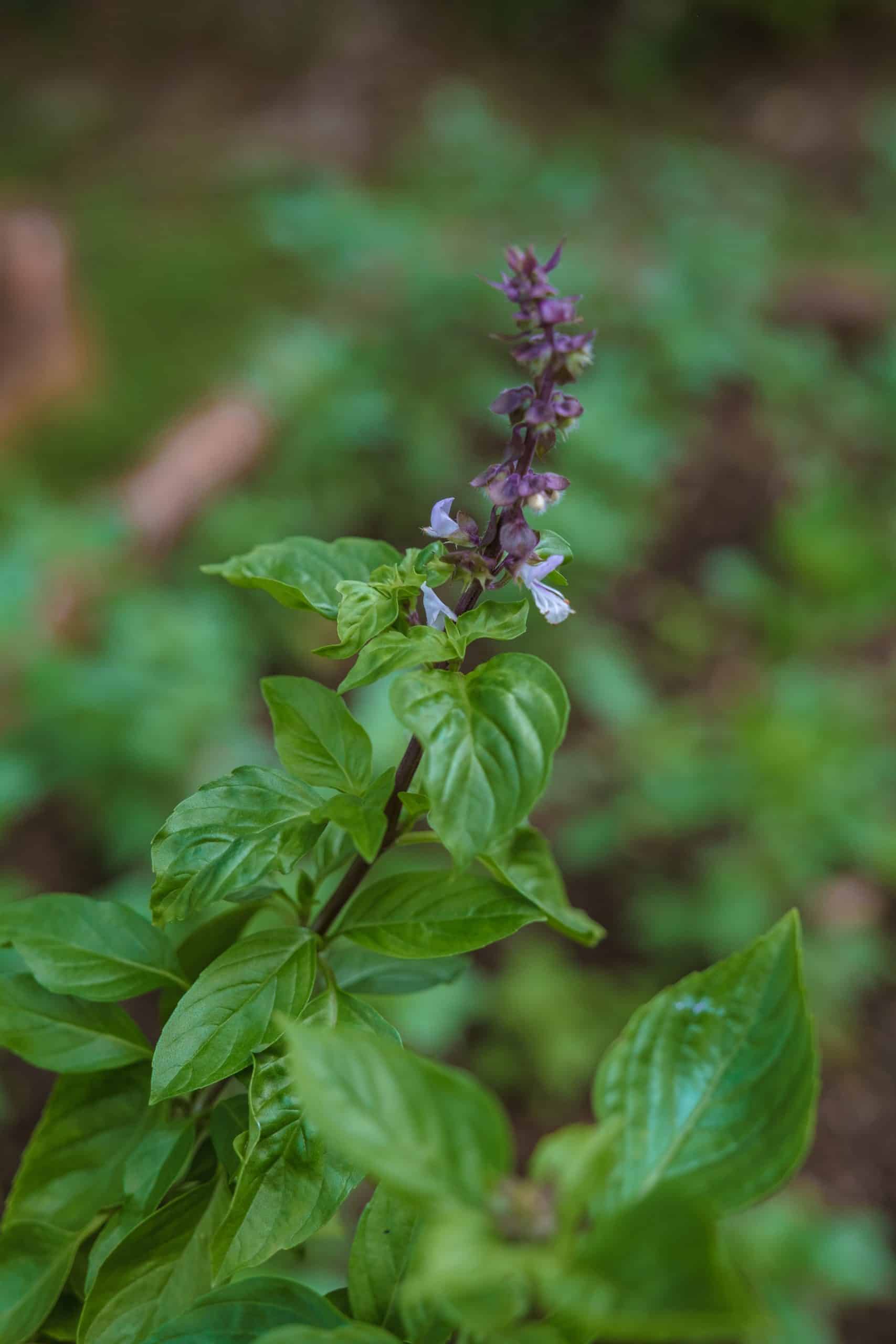What Are the Trends in Eco-Friendly Pet Products?

As pet owners, you are always on the lookout for products that can provide the best care for your furry friends. Yet, as conscious consumers, the impact of these products on the environment is also a concern. The good news is that companies within the pet industry are taking note and shifting towards more sustainable trends. They are designing products ranging from food to toys that aren’t just safe and healthy for pets but also kind to the planet.
Embracing Sustainable Pet Food
One of the biggest trends in the pet industry is sustainable pet food. Brands are now recognizing the importance of eco-friendly pet food production, not just for the health of your pets but also for the wellness of the environment.
Additional reading : How Can Sensory Playgrounds Benefit Child Development in the UK?
Companies are beginning to utilize sustainable sources for their ingredients, including locally sourced produce or proteins from low-impact farming practices. This reduces the carbon footprint associated with long-distance transportation and conventional farming methods. When shopping for pet food, you may start seeing labels indicating the use of sustainable ingredients or methods.
Moreover, some brands are getting innovative with their ingredients, incorporating novel proteins like insects. These tiny critters provide high-quality protein while requiring fewer resources to farm than traditional livestock.
In the same genre : Unravel the surprises hidden inside the goated mystery box
Packaging is another aspect that pet food brands are reforming. Many are switching to biodegradable packaging or offering refill options to cut down on plastic waste.
Eco-Friendly Pet Care and Accessories
The sustainability trend extends beyond pet food to other aspects of pet care. From dog beds made from recycled materials to biodegradable waste bags, eco-friendly pet care products are increasingly becoming available on the market.
For instance, some companies are producing pet beds and toys using recycled or repurposed materials. Not only do these products help reduce waste, but they also often have a unique, handmade appeal that both pets and owners can appreciate.
Another critical area for green innovation is in pet waste management. Traditionally, pet waste bags have been a significant source of plastic waste. However, companies are now offering biodegradable and compostable alternatives. These bags break down naturally over time, reducing the amount of plastic waste that ends up in landfills.
Navigating the Challenges of Eco-Friendly Packaging
While the shift towards eco-friendly packaging is a welcome trend, it doesn’t come without its challenges. Companies must balance the need to protect their products during transit with the desire to reduce environmental impact.
The use of biodegradable or recyclable materials for packaging is becoming more common, but these materials often require more careful handling. They may not be as sturdy or long-lasting as traditional packaging materials. Yet, the benefits of reducing plastic waste and lowering the carbon footprint are compelling reasons for companies to continue exploring and innovating in this area.
The success of eco-friendly packaging also relies on you, the consumers. Your willingness to participate in recycling programs and your patience with less-than-perfect packaging can make a significant difference in the success of these initiatives.
Educating Consumers on Sustainable Choices
For these eco-friendly trends to truly take hold, education is key. As a pet owner, understanding the impacts of your purchasing decisions on the environment can drive demand for more sustainable products.
Companies are taking steps to provide clear labeling and information about their sustainable practices. This includes details about their sourcing methods, the sustainability of their ingredients, and how to dispose of their packaging responsibly.
Yet, it’s also crucial for you as consumers to do your research. Look beyond the marketing claims and dig into a company’s sustainability practices. This way, you can make informed decisions that align with your values and provide the best care for your pets while also caring for the environment.
In the end, the move towards eco-friendly pet products is a collaborative effort between companies, consumers, and of course, our beloved pets. By supporting these trends, we can ensure that our pets live not just happy and healthy lives, but also contribute to a healthier planet.
Understanding the Impact of Plant-Based and Insect Protein Pet Food
The pet industry has experienced a significant shift towards more sustainable and eco-friendly pet food options. Plant-based pet food and diets that incorporate insect protein have grown increasingly popular among pet owners.
Plant-based diets for pets can reduce the carbon footprint associated with traditional meat-based diets. They have the potential to minimize the use of land, water, and other resources that are necessary for livestock farming. Brands like West Paw have introduced plant-based options that are nutritious, safe, and appealing to pets, reducing the reliance on animal protein sources.
On the other hand, insect protein is emerging as another eco-friendly trend in pet food. Insects, such as crickets and mealworms, provide high-quality protein and essential nutrients, with a significantly lower environmental impact compared to traditional livestock farming. The farming of insects produces fewer greenhouse gases and requires less land and water. Insect protein pet food offers a novel way to balance your pet’s health with environmental responsibility.
In addition to the type of protein, the process of food production is also critical. Manufacturers must ensure sustainable sourcing, minimize waste during production, and opt for sustainable packaging. Pushing forward, it’s essential for pet owners to understand these changes and support them for a healthier planet.
Utilizing Technology for Eco-Friendly Pet Care
Technology has a significant role to play in promoting eco-friendly pet care and products. From apps that help pet owners track their pet’s health to digital platforms offering sustainable pet product recommendations, technology can make it easier for consumers to make environmentally friendly choices.
In today’s digital age, Social media platforms like Facebook, Twitter, WhatsApp, and SMS can be powerful tools for spreading awareness and educating pet owners about sustainable products. Manufacturers can use these platforms to share information about their sustainable practices, offer tips for eco-friendly pet care, and engage with their customers.
Meanwhile, pet owners can use these tools to do their research, share their experiences, and connect with like-minded individuals. By leveraging technology, pet owners can make informed choices about the pet products they purchase, contributing to a greener planet.
Conclusion: Collaborative Efforts for a Sustainable Future
The trend towards eco-friendly pet products is a testament to the collective efforts of companies, pet owners, and the pet industry as a whole. The shift towards sustainable pet food, the use of technology in promoting more sustainable practices, and the drive towards more responsible packaging are all contributing to a more sustainable future.
Pet owners play a crucial role in this transition. The choices we make for our pets, from the food they eat to the toys they play with, have a direct impact on the environment. By choosing eco-friendly products, we can ensure our pets’ wellbeing and contribute to a healthier planet.
With the continued innovation and commitment from the pet industry, it’s clear that sustainable pet care is more than just a trend – it’s the future. Our pets deserve the best care possible, and that includes care for the environment they live in. As pet owners, it’s up to us to make the choices that ensure this future is a reality.
Remember, every small step counts. From choosing plant-based or insect protein pet food to opting for sustainable packaging, each decision contributes to the bigger picture. With shared responsibility and concerted efforts, we can ensure that our beloved pets live happy, healthy lives in a world that’s just as healthy.
